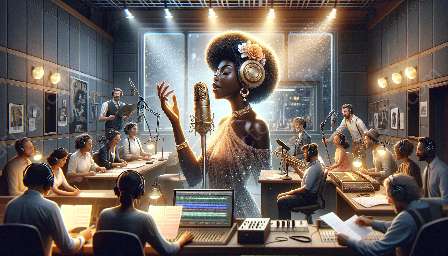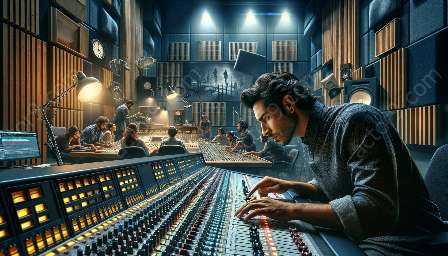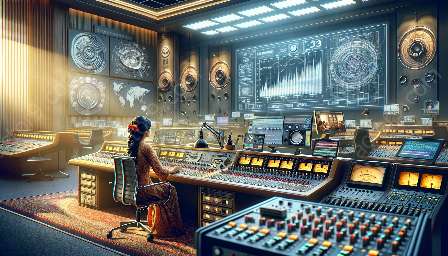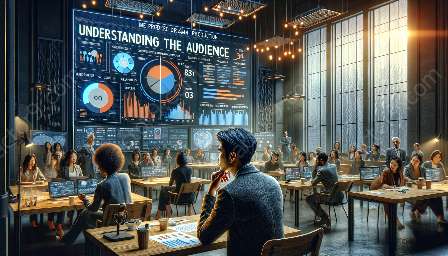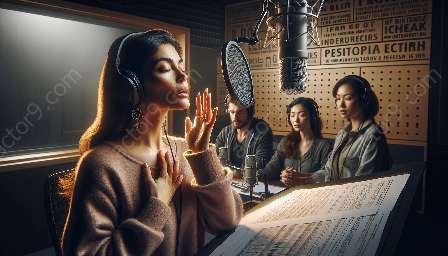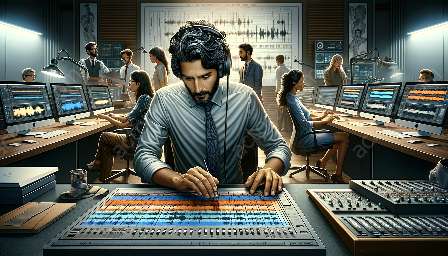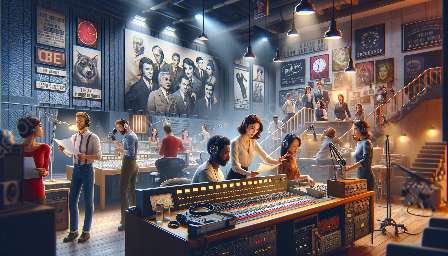Radio drama production involves crafting an immersive auditory experience for listeners, and sound effects play a crucial role in achieving this goal. Effective sound effects and background music in radio drama production can captivate audiences, evoke emotions, and bring the story to life. But how can you create authentic and captivating sound effects for radio drama production? Let's explore some techniques and methods that can enhance the quality of sound effects and background music in radio drama production.
The Importance of Sound Effects and Background Music in Radio Drama
Before delving into the techniques, it's essential to understand the significance of sound effects and background music in radio drama production. Unlike visual media such as TV shows or movies, radio drama relies solely on auditory cues to convey the story, characters, and environment. Sound effects and background music serve as the visual elements of radio dramas, painting a vivid mental picture for the listeners. They set the tone, create atmosphere, and immerse the audience in the fictional world of the story.
Techniques for Creating Authentic Sound Effects
1. Foley Artistry
Foley artistry is a technique used to create and reproduce sound effects for radio drama production. It involves using everyday objects to mimic specific sounds that enhance the storytelling experience. For example, using a crumpled paper to simulate the sound of footsteps on gravel or using a coconut shell to replicate the sound of a horse trotting. Foley artists use their creativity and attention to detail to produce authentic and convincing sound effects that breathe life into the narrative.
2. Recording Natural Sounds
Capturing natural sounds in real-world environments is another effective technique for creating authentic sound effects. Whether it's the sound of chirping birds in a forest, the rumble of thunder during a storm, or the bustling ambiance of a city street, recording these natural sounds adds a layer of authenticity to radio drama production. These recordings can be combined and manipulated to construct a rich sonic landscape that mirrors the settings and events depicted in the story.
3. Utilizing Technology and Sound Libraries
Technology has revolutionized the creation of sound effects, providing access to a vast array of pre-recorded sounds and digital tools for manipulation. Sound libraries offer a treasure trove of diverse sound effects, from archival recordings to modern digital samples. Utilizing these resources in combination with digital audio workstations allows for precise editing, layering, and blending of sound effects to achieve a professional and captivating result.
Enhancing Soundscapes with Background Music
Aside from sound effects, background music plays a pivotal role in complementing the emotional journey of the characters and guiding the audience's emotional response. Here are some techniques for incorporating captivating background music into radio drama production:
1. Composer Collaboration
Working with a talented composer can elevate the auditory experience of radio drama. A skilled composer can tailor the music to match the mood and pacing of the story, creating custom compositions that seamlessly integrate with the dialogue and sound effects. Collaboration with a composer allows for the creation of unique musical motifs and themes that enhance the narrative and evoke specific emotions within the audience.
2. Live Instruments and Orchestration
Integrating live instruments and orchestration brings an organic and expressive quality to the background music. The warmth and nuance of live performances can infuse the production with depth and emotion, breathing life into the fictional world of the radio drama. Whether it's a haunting melody played on a solo violin or the grandeur of a full orchestral arrangement, live instrumentation adds a level of authenticity and captivation to the overall sound design.
3. Musical Sound Design
Applying principles of sound design to the composition and arrangement of background music can result in captivating sonic landscapes. By incorporating unconventional instrumentation, experimental techniques, and inventive sonic textures, composers can craft a unique auditory experience that resonates with the narrative themes and enhances the immersive quality of radio drama production.
Conclusion
Mastering the techniques for creating authentic and captivating sound effects and background music is essential for elevating the quality of radio drama production. Foley artistry, natural sound recordings, technological resources, composer collaboration, live instrumentation, and musical sound design are all vital components in the arsenal of a radio drama producer. Aspiring radio producers and sound designers can utilize these techniques to craft compelling auditory experiences that transport audiences into the captivating worlds of radio drama.

